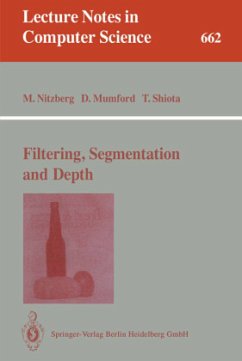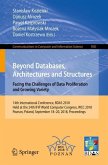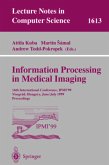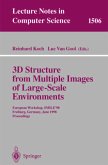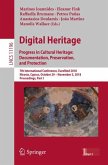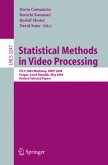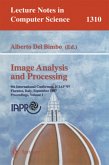Computer vision seeks a process that starts with a noisy,ambiguous signal from a TV camera and ends with a high-leveldescription of discrete objects located in 3-dimensionalspace and identified in a human classification.This book addresses the process at several levels. First tobe treated are the low-level image-processing issues ofnoise removaland smoothing while preserving important linesand singularities in an image. At a slightly higher level, arobust contour tracing algorithm is described that producesa cartoon of the important lines in the image. Thirdis thehigh-level task of reconstructing the geometry of objects inthe scene.The book has two aims: to give the computer vision communitya new approach to early visual processing, in the form ofimage segmentation that incorporates occlusion at a lowlevel, and to introduce real computer algorithms that do abetter job than what most vision programmers use currently.The algorithms are:- a nonlinear filter that reduces noise and enhances edges,- an edge detector that also finds corners and producessmoothed contours rather than bitmaps,- an algorithm for filling gaps in contours.

